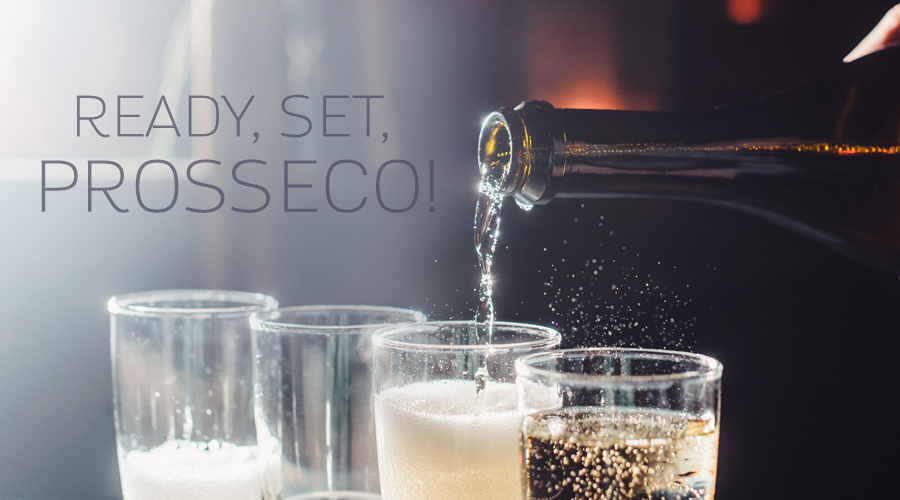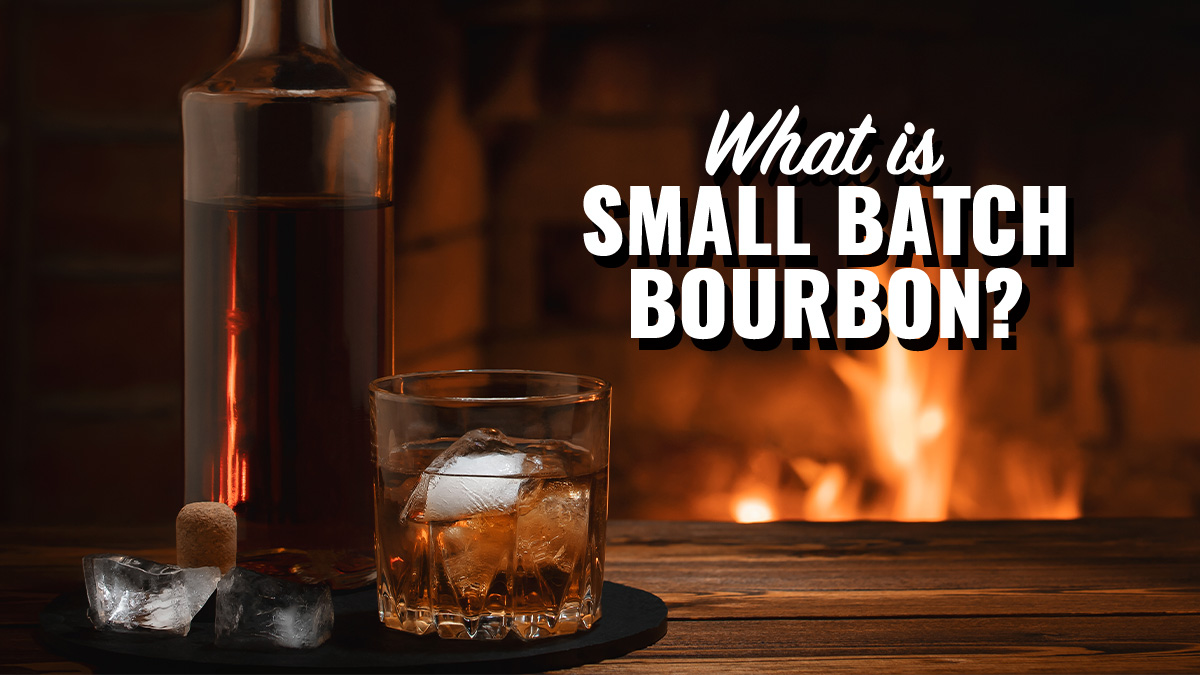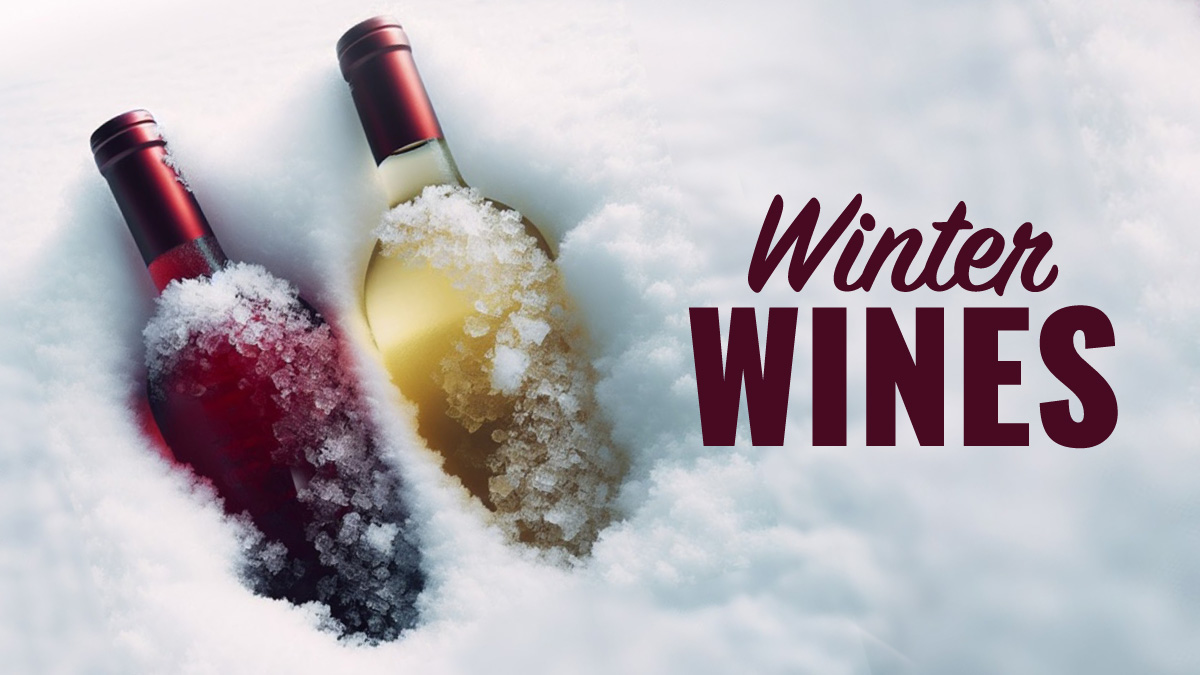
Prosecco is Italy’s most famous sparkling wine. Known for its aromas and flavors of white spring flowers, citrus fruits, green apples and pears. They are balanced with lively acidity and an elegant mousse.
People are often confused by the differences between Prosecco and Champagne, as they’re both sparkling wines from Europe.
What Is The Difference Between Champagne & Prosecco?
Champagne is only made in the Champagne region of France and is produced using Chardonnay, Pinot Noir and Pinot Meunier grapes. Because Champagne ages longer on the lees (leftover sediment in the barrels), the flavor often resembles cheese rinds. In finer bottles, it will seem like toast or biscuits. The high-pressure aging process creates fine and persistent bubbles. Vintage Champagnes typically have flavors of almond, orange-zest and white cherry.
Prosecco wine, on the other hand, originates from the village of Prosecco, located near the city of Trieste in northeastern Italy. This wine is mostly made with Glera grapes, which were formerly referred to as Prosecco grapes, but it can also include Verdiso, Bianchetta Trevigiana, Perera, and a few other varieties. Prosecco’s taste is more fruity and flowery because of the grapes that create it. The aging process takes place in large tanks, creating less pressure that results in lighter, spritzy bubbles that are not as persistent as the ones in Champagne. Finer bottles of Prosecco usually have notes of tropical fruit, hazelnut, vanilla, or banana cream.
The production methods are different as well and result in the above-mentioned flavor profiles. In both cases, the original still wine undergoes a second fermentation. This process creates the CO2 making the wine sparkling.
In Champagne, the method Champenoise or ‘traditional method’ is used. This where the second fermentation happens in the bottle; yeast is added along with sugars.
In Prosecco, the ‘tank method’ is most often used, where the second fermentation happens in a large tank.
The closer contact with the yeast in the Champagne method means that it generally has more autolytic flavors – bread, brioche and toast, as well as citrus fruit flavors. The yeast has less of an influence in Prosecco’s tank method because there is less contact during the second fermentation. The production method is the reason Champagne costs more than Prosecco, in addition to marketing and market demand.
Now that you know how Prosecco differs from Champagne, allow us to recommend some of our favorite affordable bottles.
Our Recommended Proseccos
1. Bortolotti Prosecco Superiore Extra Dry
A bright, mouthwatering Prosecco, with a creamy bead and a lively mix of creamed pear, grated ginger, honeysuckle and lemon pith flavors, showing a lingering finish of stone and spice detail.
2. Ruffino Prosecco
Intensely fruity, juicy, and aromatic with a clean and dry finish. The subtle peach and apple notes also make this bubbly a nice choice to pair with fresh fruit, charcuterie, and cheese.
3. Chloe Prosecco
Bursting with fresh fruit and fine bubbles with notes of peach green apple citrus and white flowers on the nose and elegant acidity on the palate.
4. Zonin Prosecco
Aromas of white peach, grapefruit and honeydew melon lead to flavors of creamy ripe lemon, refined citrus and a toasted brioche finish.
5. Riondo Prosecco Glera
Golden Delicious apple pie sprinkled with softly floral lemon juice. Fruity and light-bodied offering aromatic floral notes, persistent effervescence, and a clean delicate finish.
6. Bosco Del Merlo Brut Prosecco
The aroma brings a fragrance of spring flowers, pear and apple, while on the palate, a fine string of bubbles indicates the quality. The flavor is soft, with a creamy fruitiness and hints of almond.
We
hope you enjoy celebrating National Prosecco Day. Be sure to get the best deals
on the best bubbly from your local Spec’s.
Cheers!




